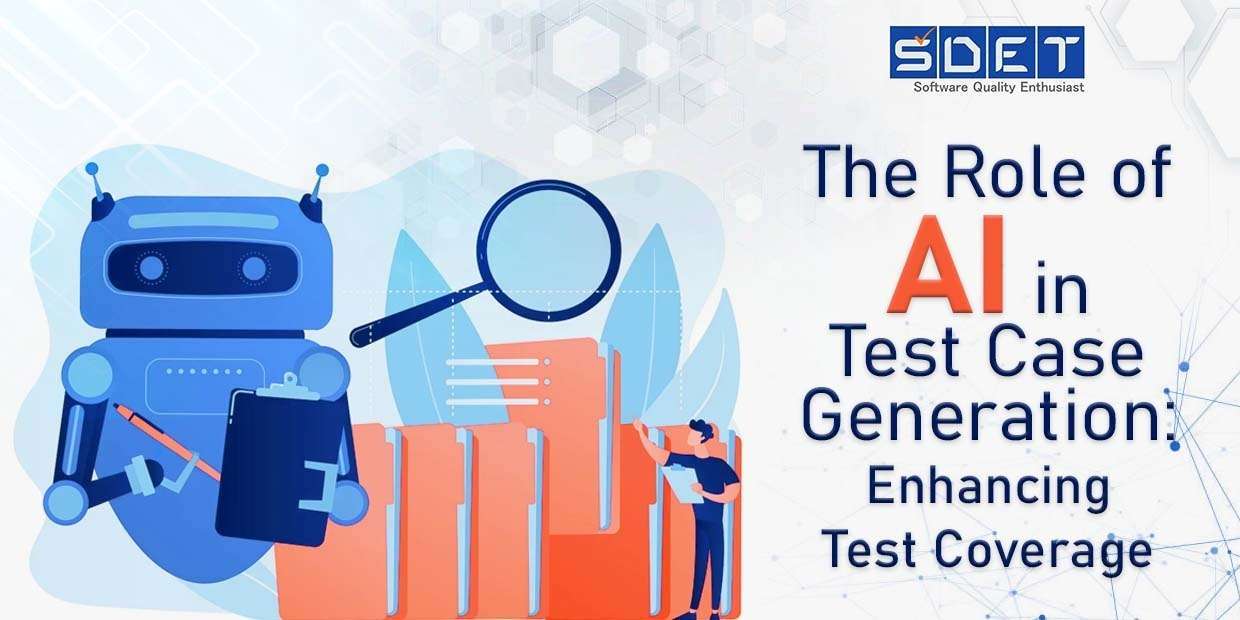
The Role of AI in Test Case Generation: Enhancing Test Coverage
In the fast-paced world of software development, ensuring the accessibility of digital products is not just a compliance requirement but a commitment to inclusivity. With the rise of Artificial Intelligence (AI) technologies, the landscape of software testing is undergoing a significant transformation. This blog explores the role of AI in test case generation, specifically focusing on how AI is enhancing test coverage in the realm of AI-based accessibility testing.
Understanding AI-Based Accessibility Testing
AI-based accessibility testing involves leveraging machine learning algorithms and advanced analytics to assess the accessibility of digital assets such as websites, applications, and software. Accessibility testing ensures that people with disabilities can perceive, understand, navigate, and interact with digital content effectively. Traditionally, creating comprehensive test cases for accessibility testing has been a manual and time-consuming process.
The Challenges of Manual Test Case Generation in Accessibility Testing
Manual test case generation for accessibility testing often involves human testers meticulously crafting test scenarios to assess various elements such as text alternatives for images, keyboard navigation, and screen reader compatibility. While this approach is essential, it poses challenges related to scalability, speed, and the ability to cover a vast array of potential use cases.
Enter AI: Test Case Generation Revolutionized
AI introduces a paradigm shift in the test case generation process, offering the potential to enhance test coverage and accelerate the testing lifecycle. Let’s delve into the ways AI is making a substantial impact on accessibility test case generation.
- 1. Automated Identification of Key Accessibility Elements: AI algorithms can analyze the structure of a digital asset and automatically identify critical accessibility elements, such as form fields, images, and interactive components. This automated identification streamlines the test case generation process, ensuring that testers focus on the most impactful aspects of accessibility.
- 2. Learning from User Interactions: AI systems can be trained on vast datasets of user interactions, allowing them to understand how users with different abilities navigate and interact with digital interfaces. This knowledge is then applied to generate test cases that mimic real-world usage scenarios, enhancing the realism and effectiveness of accessibility testing.
- 3. Dynamic Test Case Adaptation: As digital assets evolve, AI-based systems can dynamically adapt test cases to reflect changes in the user interface. This adaptability ensures that accessibility testing remains aligned with the latest design and development iterations, reducing the risk of overlooking critical issues introduced during updates.
- 4. Efficient Coverage of Diverse Use Cases: AI excels in handling complexity, making it adept at generating test cases that cover a wide range of scenarios. From different assistive technologies to variations in user abilities, AI can create test cases that comprehensively address the diverse needs of users with disabilities, ultimately leading to more robust accessibility testing.
- 5. Speeding Up the Testing Lifecycle: With AI automating significant portions of test case generation, the testing lifecycle can be significantly expedited. This acceleration allows development teams to release accessible products faster without compromising the quality of accessibility testing.
The Human Element: Collaborating with AI
While AI brings efficiency and scalability to the test case generation process, the human element remains crucial. Testers, with their domain expertise and understanding of specific project requirements, play a pivotal role in guiding and validating AI-generated test cases. The collaboration between human testers and AI systems represents a powerful synergy that combines the best of both worlds.
A Future of Inclusive Testing
AI’s role in test case generation for AI-based accessibility testing heralds a future where digital products are not only compliant with accessibility standards but also genuinely inclusive. By automating and enhancing the test case generation process, AI contributes to a more efficient and effective testing lifecycle, ensuring that accessibility is not an afterthought but an integral part of the development process.
As technology continues to advance, the collaboration between AI and human testers will likely become even more seamless, further refining the accuracy and scope of test case generation. In embracing AI in accessibility testing, we take a significant step toward a digital world where everyone, regardless of their abilities, can navigate and interact with digital content with ease. The journey towards inclusivity in software development is evolving, and AI is a key ally in making it a reality.
